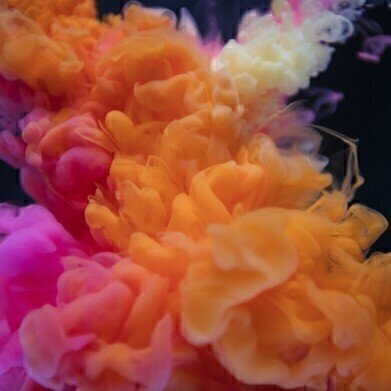HPLC, UHPLC
What is HPLC-UV?
Nov 08 2018
Alongside spectroscopy, chromatography is probably one of the main instrumental analytical techniques used in modern laboratories. There are many different types of chromatography – but they all follow the same essential principles. One of the main forms of chromatography used in laboratories is HPLC, and HPLC is commonly combined with spectroscopy in the form of a UV detector – giving rise to the powerful technique HPLC-UV.
HPLC – liquid chromatography performs separations
Chromatography originally started out as a technique performed at atmospheric pressure and relying on gravity – but as technology progressed it was found that using higher pressures – nowadays we use pressures between 50 and 300 bar - allowed faster and better separations. Hence, the name high pressure liquid chromatography that over time has morphed into high-performance liquid chromatography as analysts realised that the technique performs at an impressive level.
Chromatography is the science of separation – it separates molecules by pumping, or allowing, a mobile phase to flow through a stationary phase. The mobile phase carries the sample through a column or other device that holds the stationary phase. The stationary phase often is made from silica molecules or polymer. The stationary phase can be either polar (normal phase) or non-polar (reversed phase) depending on the sample properties and the separation required
It is the degree of interaction between sample molecules in the mobile phase and the stationary phase that determines how the sample is separated into its components. By using different columns and solvent combinations, it is possible to analyse many different sample types – method development is discussed in the article, Using Different HPLC Column Chemistries To Maximise Selectivity For Method Development.
Spectroscopy and chromatography – a good fit
A chromatography system is in essence very simple – a method of introducing the sample, stationary and mobiles phases to separate molecules and a means to detect the separated molecules. It is the ability to perform post-separation analysis on a sample that gives chromatography it strength as an analytical method.
There are many different detectors used in chromatography – flame-ionisation, thermal conductivity and electron capture are some of the commonly used detectors. But perhaps the most commonly used detector in liquid chromatography is ultra violet absorption - giving rise to the method HPLC-UV.
A UV detector uses a molecules ability to absorb ultraviolet light – detectors can use a single wavelength or variable wavelengths which can be more sensitive. By passing UV light through the individual components of an eluting sample mix and measuring the amount of UV light absorbed by each component, you can determine the individual quantities of each component.
Digital Edition
Chromatography Today - Buyers' Guide 2022
October 2023
In This Edition Modern & Practical Applications - Accelerating ADC Development with Mass Spectrometry - Implementing High-Resolution Ion Mobility into Peptide Mapping Workflows Chromatogr...
View all digital editions
Events
Apr 28 2024 Montreal, Quebec, Canada
May 05 2024 Seville, Spain
May 15 2024 Birmingham, UK
May 19 2024 Brno, Czech Republic
May 21 2024 Lagos, Nigeria














